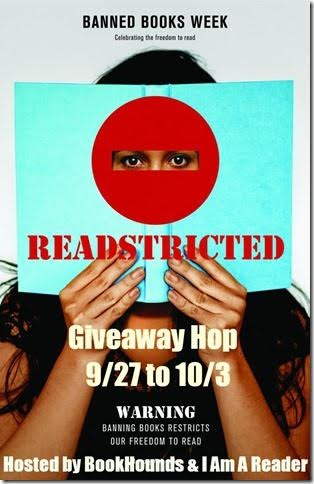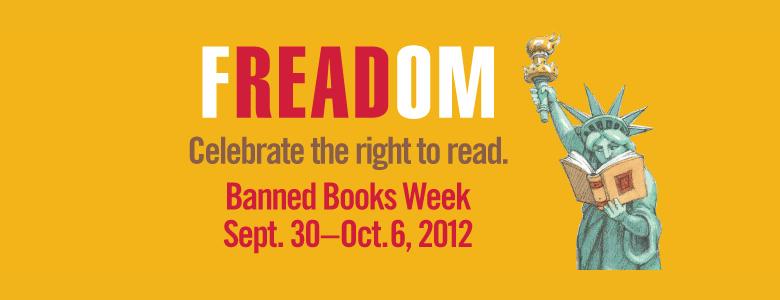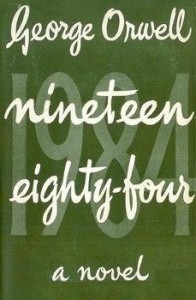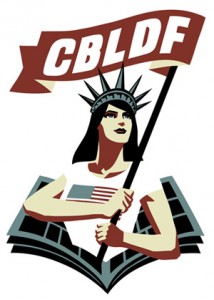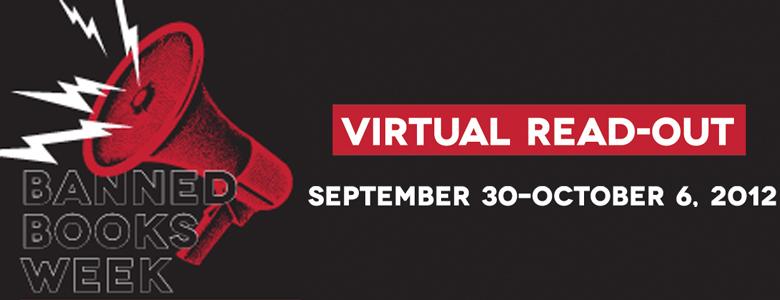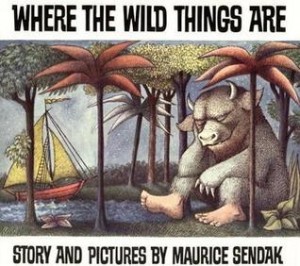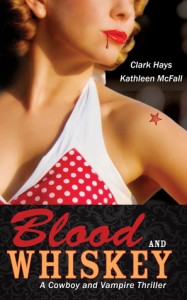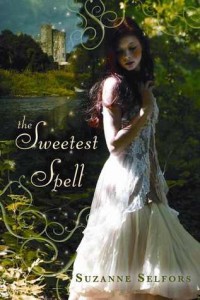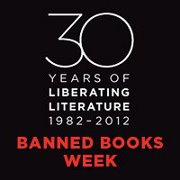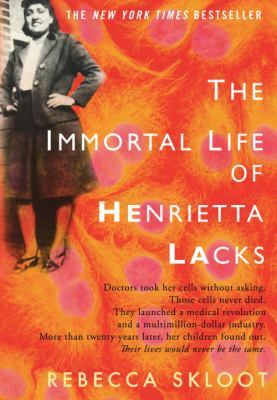 The Immortal Life of Henrietta Lacks
The Immortal Life of Henrietta Lacks by
Rebecca Skloot Formats available: hardcover, paperback, ebook, audiobook
Pages: 370
Published by Crown Publishing Group on February 2nd 2010
Purchasing Info: Author's Website,
Publisher's Website,
Amazon,
Barnes & Noble,
Kobo,
Bookshop.org Goodreads Henrietta Lacks, as HeLa, is known to present-day scientists for her cells from cervical cancer. She was a poor Southern tobacco farmer who worked the same land as her slave ancestors, yet her cells were taken without her knowledge and still live decades after her death. Cells descended from her may weigh more than 50M metric tons.
HeLa cells were vital for developing the polio vaccine; uncovered secrets of cancer, viruses, and the atom bomb’s effects; helped lead to important advances like in vitro fertilization, cloning, and gene mapping; and have been bought and sold by the billions. Yet Henrietta Lacks was buried in an unmarked grave.
The journey starts in the “colored” ward of Johns Hopkins Hospital in the 1950s, her small, dying hometown of Clover, Virginia — wooden slave quarters, faith healings, and voodoo. Today are stark white laboratories with freezers full of HeLa cells, East Baltimore children and grandchildren live in obscurity, see no profits, and feel violated. The dark history of experimentation on African Americans helped lead to the birth of bioethics, and legal battles over whether we control the stuff we are made of.
The Immortal Life of Henrietta Lacks was recommended to me in glowing terms by multiple people the year that it was published. And being in a contrary mood, I didn’t read it at the time.
I’m here to say that everyone who told me to “READ THIS BOOK” was absolutely right, and I was wrong to wait. This thing is awesome on so many levels.
It’s a medical mystery. It provides some serious context for discussions of medical privacy, including those HIPAA forms we all sign every time we get medical treatment these days. It dives deeply into the field of medical ethics. It makes you think about fairness and justice. It provides a fascinating and humanized history lesson in cell research.
And the description of cervical cancer treatment in 1951 is scarier than any horror movie ever made. It’s not that Henrietta Lacks was treated badly at that point, it’s that the treatment in general seems absolutely barbaric from early 21st century perspectives. The standard treatment was to insert tubes of radium into her cervix and sew them in place for TWO DAYS. If you are a woman and this doesn’t make you reflexively clench your legs shut, you are a much braver woman than I. The description of this treatment makes Torquemada look benevolent.
But this was the state of cancer treatment in 1951.
However, the story of The Immortal Life of Henrietta Lacks both is and isn’t about Henrietta herself. Because Henrietta died in 1951. Her cancer killed her. But not before her doctor removed bits of both her tumor and her healthy organs and turned them over to the nascent science of cell research.
Cell science was nascent because of one major problem, the researchers couldn’t manage to keep a cell line alive for more than a few days. The bits of Henrietta that her doctor sliced out without her permission did not obey the normal rules of harvested cells. Just as her tumors grew at an unprecedentedly rapid rate, so did her harvested and cultured cells.
Henrietta Lacks died, but her harvested HeLa cells, thrived. At first only at Johns Hopkins, but eventually at biological research labs and companies all over the world. The cancer that killer her also made her immortal.
Henrietta, through her HeLa cells, helped cure polio. And diagnose cancer, and create vaccines for HIV and HPV. And helped scientists to study the effects of travel in outer space on human cells. You name a medical breakthrough in the past 60+ years, and HeLa cells are somewhere in the story, whether the actual cells, or the techniques that were created around them.
HeLa has saved thousands, probably hundreds of thousands of lives. Those cells have also made hundreds of researchers and biological products companies either rich or famous, and sometimes both.
But her family was not informed. Nor did they consent. In fact, when researchers needed better methods of distinguishing HeLa cells from other cultures, researchers took blood samples from her surviving family, without fully informing them of the purpose of the tests. And revealed their names and relationships to Henrietta in medical journals.
All of this seems unthinkable today, but at the time it took place, it was all legal. It wasn’t until the turn of the 21st century that a researcher chose to include Henrietta’s surviving family in research about Henrietta and her miraculous HeLa cells, but by providing the family with the scientific information and simple respect that they had been denied for so long, was able to both give them closure and create the first complete record of this formerly unsung woman who changed the face of medicine.
Escape Rating A+: This book is really two stories running in a kind of parallel. The first story is Henrietta’s story. Not just the biography of her actual life, but also a tracing of the history of her immortal medical afterlife. The continuing life and journey of her HeLa cells. Those cells helped to create a revolution in cell research, which in turn created a revolution in medicine.
As with so many revolutionary ideas, those revolutions fed on themselves in either a vicious cycle or virtuous circle, depending on one’s perspective. Once a line of viable cells, the HeLa line, came into existence, everything about cell research has spent decades playing catch up. All of the procedures for handling, transporting, culturing and eventually selling cells developed because there were finally cells to create procedures around.
But even more importantly, the ongoing discussions in medical ethics, medical research and patient confidentiality are still catching up to the developments made possible by the myriad opportunities that were opened with the HeLa cells. Henrietta did not give permission for her cells to be harvested and used. The law did not require it. What will astonish you is that the law still doesn’t.
The story of the author’s search for Henrietta and her family, and her work with them and for them over the years that this book was in development make for every bit as compelling a story as the story of the HeLa cells.
As the years went by after Henrietta’s death, and as her cells were used around the world, there was a long period of time in the history where her name was obscured or deliberately covered up. Multiple names were put forward as the original HeLa, including Henrietta Lakes, or Helen Lawson, and most often, Helen Lane. Even as one reads the accounts, one gets the feeling that there was an attempt to hide the origin of the cells from the family. When the HeLa research began, the infamous Tuskegee syphilis experiment was still going on, and there was a persistent and not totally false rumor mill that African Americans were frequently kidnapped for experimental purposes and often experimented on without their consent or knowledge. The kidnappings may have been apocryphal, but the experiments so clearly were not.
This was also the era of a kind of heroic medical researcher who thought nothing of injecting unsuspecting patients of all types (including sometimes themselves) with all manner of drugs and diseases without their consent. A study was conducted with HeLa cells, injecting HeLa cells, which were known to contain cancer, into healthy patients to see if they would develop cancer in turn. The patients were not informed because it might cause them “anxiety”. No kidding. And the great majority of the patients did develop tumors at the injection site which required surgery. At least one developed cancer.
Just the thought of this kind of research brings back the spectre of Nazi medical experiments in the concentration camps. And it makes me shudder in reflexive horror.
But as the real identity of the HeLa cell donor became more and more widely known, at least in medical circles, it also brought out of the woodwork more and more people who wanted to take advantage of the family in some way. By the time the author of this book began her quest, the family was angry at partial and incomplete explanations and disgusted by or frightened of the charlatans who knocked on their door.
So part of the story that the author tells is of her journey to being trusted, and then the journey she undertakes with Henrietta’s surviving daughter to uncover the truth. The questions that are explored, and the answers that they find, stick in the mind and heart of the reader long after the last page is turned.
Reviewer’s Note: The mother of a 15-year-old boy attending a STEM Academy in Knoxville Tennessee has requested that The Immortal Life of Henrietta Lacks be banned from the entire school district on the grounds that the book is “pornographic”. Her contention is based on two incidents in the book. Henrietta first diagnoses herself by inserting her own fingers into her vagina to find the lump on her cervix that she believed was present. Which it was. And the second “support” for the charge of pornography is that Henrietta’s medical records include her multiple diagnoses of syphilis and gonorrhea, and go on to explain that she contracted the venereal diseases from her husband’s promiscuity. This is not pornography. This is history. And gynecology. Also a whole lot of courage on Henrietta’s part. How many of us would rather continue in ignorance than investigate inside our own bodies for ourselves?
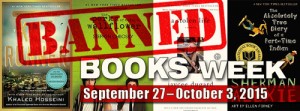 And before we end the weekend, let’s take a look at what happened last week. It was a theme week for Banned Books Week, so all the books I reviewed were on topics related to Banned Books Week in some way. One book is currently under challenge, one talks about reading the world and what breaking out of our Western, anglophone reading habits might mean. And then the recent and controversial history of one of the world’s great libraries, as well as a book about our First Amendment rights and then a book about how those rights are being eroded by ubiquitous government and commercial surveillance. The books were fascinating and occasionally frightening. And compelling enough that I only made one change from my original plan – not because I’m not planning to read Terms of Service but because I needed to carry my book around the day I was supposed to read it, and I didn’t have an ebook.
And before we end the weekend, let’s take a look at what happened last week. It was a theme week for Banned Books Week, so all the books I reviewed were on topics related to Banned Books Week in some way. One book is currently under challenge, one talks about reading the world and what breaking out of our Western, anglophone reading habits might mean. And then the recent and controversial history of one of the world’s great libraries, as well as a book about our First Amendment rights and then a book about how those rights are being eroded by ubiquitous government and commercial surveillance. The books were fascinating and occasionally frightening. And compelling enough that I only made one change from my original plan – not because I’m not planning to read Terms of Service but because I needed to carry my book around the day I was supposed to read it, and I didn’t have an ebook.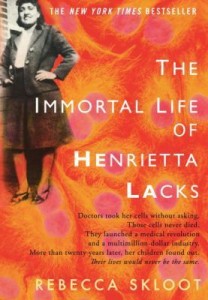 Blog Recap:
Blog Recap: Coming Next Week:
Coming Next Week:
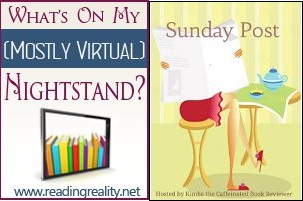
 The Immortal Life of Henrietta Lacks by
The Immortal Life of Henrietta Lacks by 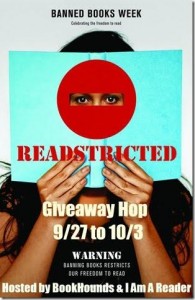 There are still a couple of days left to enter the
There are still a couple of days left to enter the 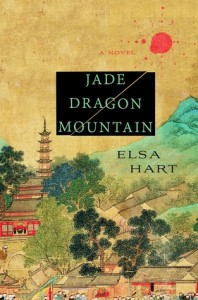 Blog Recap:
Blog Recap: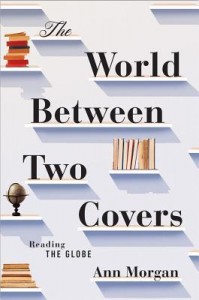 Coming Next Week:
Coming Next Week: